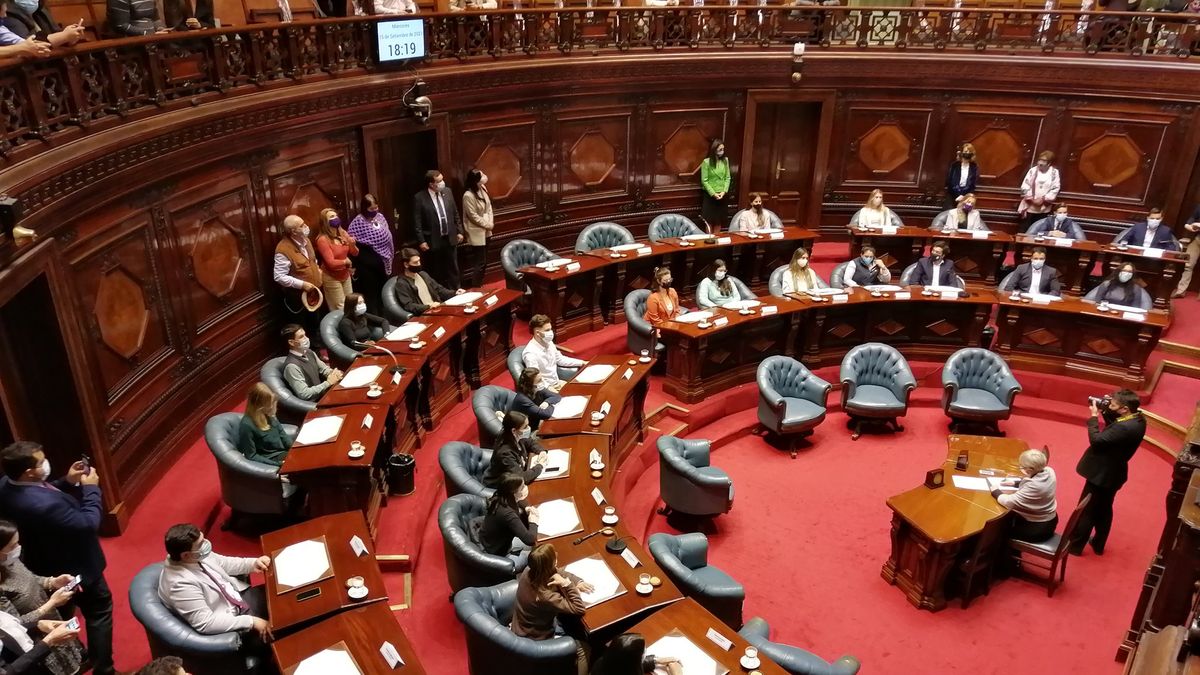After the downward adjustment in April, the international organization once again reduced its forecasts for the country, with growth of barely 1% for this year.
The Economic Commission for Latin America and the Caribbean (Cepal) made a new downward adjustment of the growth projections of Uruguay for this year, and estimated an increase of 1% in it Gross Domestic Product (GDP) of the country during 2023, also in accordance with the forecasts made by the government in the draft law of Accountability. In April, the correction had been from 2.9% to 2%, thus deepening the slowdown in the country’s economy.
The content you want to access is exclusive to subscribers.
ECLAC published the Study of Latin America and the Caribbean 2023where again he made a downward correction of the projected growth for Uruguay during this year, strongly marked by the historical drought suffered by the country. In this way, and in a dynamic of low growth for the entire Latin American region, the organization of the United Nations projected an increase in GDP of 1% for this year, while in 2024 the economy would grow by 2.6%.


With the new projected figure, Uruguay was left by below the South American averagelocated at 1.2% —for Latin America, the expected growth is 1.7%. With the exception of Argentina and Chili, that will have a fall of 3% and 0.3% in their economies, respectively, the country is the one that presents a slower evolution in its GDP among its neighbors on the South American continent —which has Paraguayan in the lead, with projected growth of 4.2%.
Also, it is about second cut in the forecasts of the international organization for Uruguay during the year, while in April it had already reduced them from 2.9% to 2%. Thus, the new projection halved than the previous forecast, while it is almost a third of what was established in December 2022 for this year.
Why does Uruguay continue to drop in growth prospects?
Uruguay has shown improvements in many of the indicators that, at the regional level, seem to be stagnant, especially in terms of inflation, employment and actual salary. However, these issues of great importance are not enough to counteract a general context of low growth rate of economic activity —both regionally and globally, due to the various conjunctural events that affect international trade—; and a particular situation of great affectation due to the worst drought in the last century that the country experienced, and whose consequences are still being observed in terms of production and income from exports.
This factor had also been considered for the adjustment of the projections in April, mainly in terms of the significant losses suffered —and is still suffered— by both the agricultural sector and the entire economic group of the country.
Similarly, the same Uruguayan government considered a slowdown in the national economy in the Bill of Accountability presented in the Parliament at the end of June —which already has half a sanction in Deputies and is currently being discussed in the Upper House—, reducing expectations for February from 2% to 1.3%. The reason was also the prolonged drought and its impact on the agro-export sector, as well as the additional expenses that the Executive Branch had to resort to in order to face the water crisis and the consequent water emergency in the metropolitan area.
The current and punctual effect of the drought —and the favorable weather forecasts in this regard for the coming months— is also observed in that, for the 2024, ECLAC projects a GDP growth of the order of 2.6% in a context of regional growth that would remain at 1.5% —1.3% for South America. In this sense, the country is also positioned as the third with the greatest progress for next year, behind Paraguay (4%) and Venezuela (2.7%).
Source: Ambito




